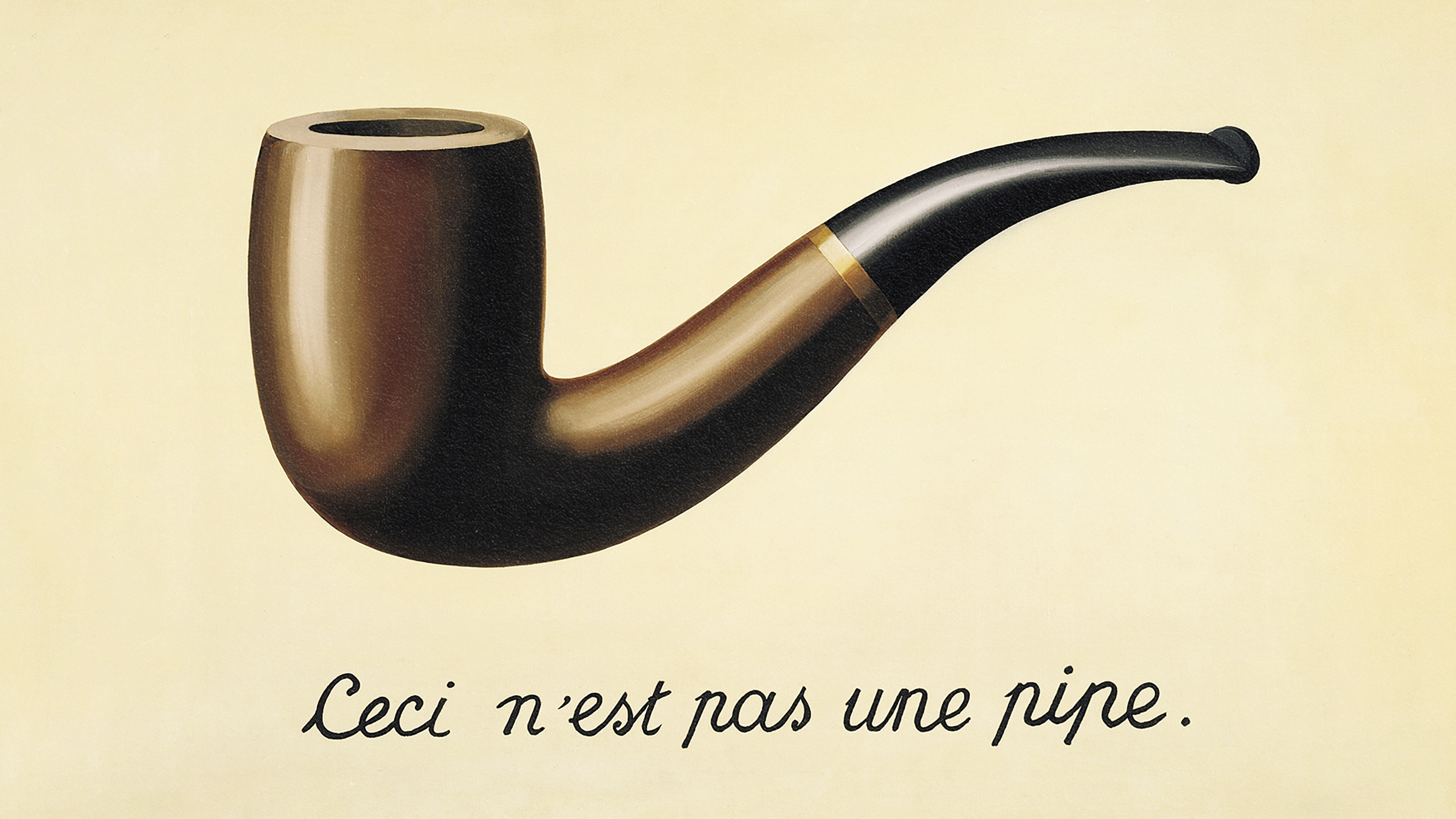“Anupalabdhi”: How seeing things that aren’t there can make you a fortune

- Jack Conte founded Patreon in 2013 because he perceived an absence in the nascent creator economy.
- This “non-apprehension” is known as anupalabdhi in Vedic philosophy, and it’s a form of inference from expectation to reality.
- Anupalabdhi can be applied in business as a practical strategy to strengthen products or services.
Jack Conte was a musician based in San Francisco. While Jack could strum, drum, and mix better than most people, his real talent came in making YouTube videos. He uploaded videos of himself playing and got hundreds of thousands of followers. He was getting millions of likes. And yet, Jack was struggling to make a living. Between 2006 and 2013, Jack was a modern paradox — he was simultaneously successful and unsuccessful. He had hordes of supporters, but he was barely making any money.
Then, Jack saw the gap. He saw what was missing. Back in 2013, there was no easy or direct way to support creators you liked. Let’s say you enjoyed someone’s blog, webcomics, or music. Your options were either taking the effort to send money directly by bank transfer or through a client like PayPal. It was essentially online busking. And so, Jack founded Patreon.
Patreon offered creators two things that online donations couldn’t: an easy, recurring payment system and access to exclusive content. Today, Patreon has over 7 million active patrons. Since it began, $2 billion has gone to 200,000 creators.
These days, Jack is very rich indeed. The story of his success and why Patreon is now a $4 billion company is all down to a particular skill. It’s a skill with a long and philosophical past.
See the absence
Imagine you walked into your living room, and the sofa was gone. There’s a big gaping hole where you were hoping to sit, and now you’ve got a bowl full of popcorn and no idea what to do. You know that the sofa isn’t there because you cannot see the sofa. But you also experience a “not-sofa” — you see the space it should be in. You’re experiencing absence, but what does that mean? After all, you’re also not experiencing lots of things. There’s no sofa, but there are also no trees, or dollhouses, or bikes, or hobbits.

This kind of knowing, this “non-apprehension,” is known as anupalabdhi and is something the Vedic philosopher, Dharmakīrti, explores. For Dharmakīrti, non-apprehension is a form of knowing. It’s a sub-category of inference but has its own unique character. Non-apprehension works in those situations where we can justifiably expect something to be present. Anupalabdhi is intellect inverting an expectation. Walking into your living room, you expect to see a sofa. So, the lack of sofa jars in your mind — it stands out by not being there. You “see” the absence.
Jack Conte justifiably expected to be rich. He was hugely popular, and his fans were willing to pay him for the content he gave them. In many respects, he was no different than the multi-millionaire musicians living ten miles down the road. And yet, here was the absence. His expectation of wealth collided with the depressingly empty look of his bank account. Jack was applying anupalabdhi. It’s this perception that made him a fortune.
How to apply anupalabdhi
The problem that Dharmakīrti grappled with, and many businesses have today, is how we can develop anupalabdhi. How can you get better at seeing things that aren’t there? Here are three actionable takeaways that anyone can apply in any business sector.
1. Find the gaps between expectation and reality. Even if you have the most rigorous product-testing facilities in the world, your customers will have more to say and more information to give. When designing feedback forms, social media engagements, or focus groups, consider the small and irritating things that bother people. Are there too many clicks to get to a page most users want? Is your “friendly support team” actually coming across as invasive? Your customers expect something from your product. They bought it for a reason. You need to isolate those reasons and “see the gaps” where expectation doesn’t match reality.
2. Look at trends. If Jack Conte started Patreon in 2001, it likely would have failed. Jack’s idea took off because it coincided with two market-wide changes. First, the internet was everywhere. Everyone had YouTube in their pocket. Second, people were getting more and more of their content from creators and not big publishers. The lesson here is to study the trends. Look at spending habits and demographic changes. Look at the age, stage, and wage of people buying your products.
3. Identify absent customers. Sometimes, it isn’t a case of inventing a new product or providing a new service — it’s finding new or different customers for the same product. Anupalabdhi is recognizing people who should be buying your stuff but aren’t. A great example of this is LEGO. By 2003, LEGO sales were down 30% percent year-on-year, and the company was $800 million in debt. Things looked grim. But then, Jorgen Vig Knudstorp took over. Knudstorp applied anupalabdhi in that he saw two gaping holes where LEGO should be: the adult market and tie-ins. Knudstorp “non-apprehended” the fact that adults want to play and build LEGO, and that it lends itself really well to crossovers and branding, such as Star Wars or Harry Potter. Today, LEGO is valued at $12 billion.





